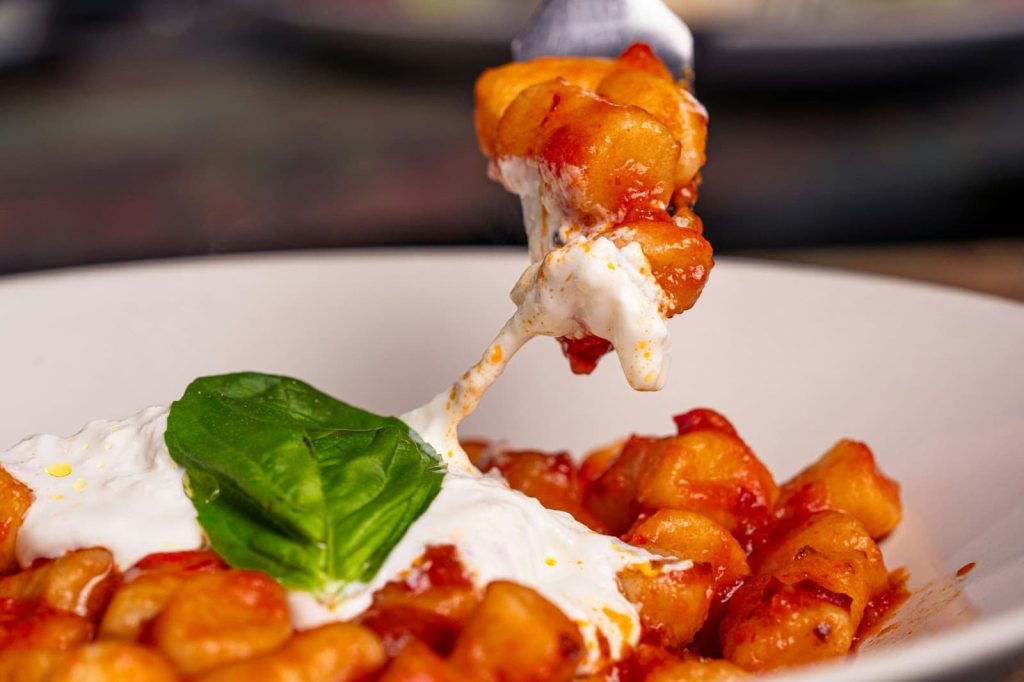Food has always been a vital part of human culture, but in recent years, culinary science has revolutionized the way we experience flavors, textures, and presentations. Molecular gastronomy is changing the way we eat by transforming ordinary ingredients into extraordinary dishes through innovative techniques. This culinary movement goes beyond traditional cooking, merging chemistry, physics, and artistry to create unexpected sensory experiences. But is it just a trend, or is it reshaping the future of dining?

Just as innovation in the culinary world evolves, the digital world is also pushing boundaries, particularly in online gaming. Platforms like https://casinossinlicenciaespana.com/casinos-con-retirada-instantanea/ are changing the landscape of online gambling by offering instant withdrawals, much like how molecular gastronomy is reshaping how we perceive food. But what exactly is molecular gastronomy, and why is it revolutionizing our plates?
The Science Behind Molecular Gastronomy
Molecular gastronomy is not just about fancy plating or using high-tech kitchen gadgets—it is a scientific approach to cooking that explores how ingredients react under different conditions. This technique allows chefs to manipulate textures, enhance flavors, and even change the way food is consumed.
- Spherification – Turning liquids into small, caviar-like spheres that burst with flavor.
- Foams and Emulsions – Creating airy, flavorful foams using lecithin or siphon canisters.
- Flash Freezing with Liquid Nitrogen – Instantly freezing ingredients to create unique textures.
- Gelification – Transforming liquids into gelatinous forms without traditional gelatin.
- Sous-vide Cooking – Using precise temperature control to cook food evenly while preserving moisture.
These techniques allow chefs to take simple ingredients and turn them into something entirely unexpected. Imagine eating a deconstructed lemon tart, where the lemon filling is a delicate foam, the crust is a dust-like powder, and the sugar appears as edible glass. This is the magic of molecular gastronomy—it makes eating a full sensory adventure.
Molecular Gastronomy in Fine Dining and Everyday Cooking
Once exclusive to high-end restaurants, molecular gastronomy is now influencing everyday cooking. With the availability of affordable kitchen tools like immersion circulators and foaming agents, even home chefs can experiment with these innovative techniques. But how is it affecting the way we eat on a larger scale?
- Fine Dining Innovation – High-end restaurants worldwide, such as El Bulli and Alinea, have embraced molecular gastronomy to craft multi-course meals that surprise and delight diners.
- Home Cooking Revolution – More people are using sous-vide machines, food dehydrators, and liquid nitrogen to bring science into their kitchens.
- Cocktail Industry Transformation – Mixologists use molecular gastronomy to create smoked cocktails, frozen foam toppings, and drinks that change flavors as they are consumed.
- Health-Conscious Culinary Trends – Scientists are using molecular techniques to enhance the nutritional value of meals by controlling ingredient compositions with precision.
Molecular gastronomy is not just about impressing diners with dramatic presentations—it is also about improving food quality and efficiency. This scientific approach allows for healthier, tastier, and more sustainable meals, making it a crucial part of modern culinary evolution.
Traditional Cooking vs. Molecular Gastronomy
| Aspect | Traditional Cooking | Molecular Gastronomy |
|---|---|---|
| Texture Control | Limited | High precision using science |
| Temperature Accuracy | Approximate | Exact with sous-vide and flash freezing |
| Ingredient Use | Conventional | Innovative (foam, spherification, etc.) |
| Presentation | Standard plating | Artful, interactive, and surprising |
| Flavor Enhancements | Natural seasoning | Chemistry-based amplifications |
| Accessibility | Common in home kitchens | Expanding to home cooking but still elite |
The Future of Food: Is Molecular Gastronomy Here to Stay?
Some critics argue that molecular gastronomy is more about showmanship than practicality, but its impact on the culinary world is undeniable. What does the future hold for this science-driven cuisine?

- Sustainability Advancements – Scientists are exploring molecular techniques to create plant-based proteins that mimic meat perfectly.
- Space Exploration and Food Preservation – NASA and food scientists use molecular gastronomy to develop meals for astronauts with maximum flavor and nutrition.
- Personalized Nutrition – Advances in food science could lead to tailor-made diets using molecular techniques to meet specific health needs.
- Fusion with AI and Robotics – AI-driven molecular gastronomy could lead to automated, highly personalized meals in the future.
As science and technology continue to progress, molecular gastronomy will likely play an even bigger role in shaping the way we eat. Whether it remains a niche for high-end dining or expands into everyday kitchens, one thing is certain—it has already changed our perception of food forever.
The Delicious Intersection of Science and Art
Molecular gastronomy is more than a trend; it is a testament to human curiosity and the desire to push culinary boundaries. By blending science with art, it has turned cooking into an interactive, multisensory experience. Whether you find it fascinating or unnecessary, one cannot deny its impact on the way we approach food.
So next time you sit down to eat, ask yourself—how could science make this meal even more exciting? Could your morning coffee be turned into edible spheres? Could your soup become a foam? The possibilities are endless, and that is what makes molecular gastronomy so thrilling.
FAQ
How does molecular gastronomy affect the way we perceive flavors?
Molecular gastronomy enhances flavors by isolating and intensifying taste elements, creating a more immersive sensory experience.
Can molecular gastronomy techniques be used to make food healthier?
Yes, scientists use molecular techniques to reduce fat, control sugar levels, and enhance nutritional content without compromising taste.
What is an unexpected industry that has benefited from molecular gastronomy?
The perfume industry has adopted food encapsulation techniques to create longer-lasting fragrances.

